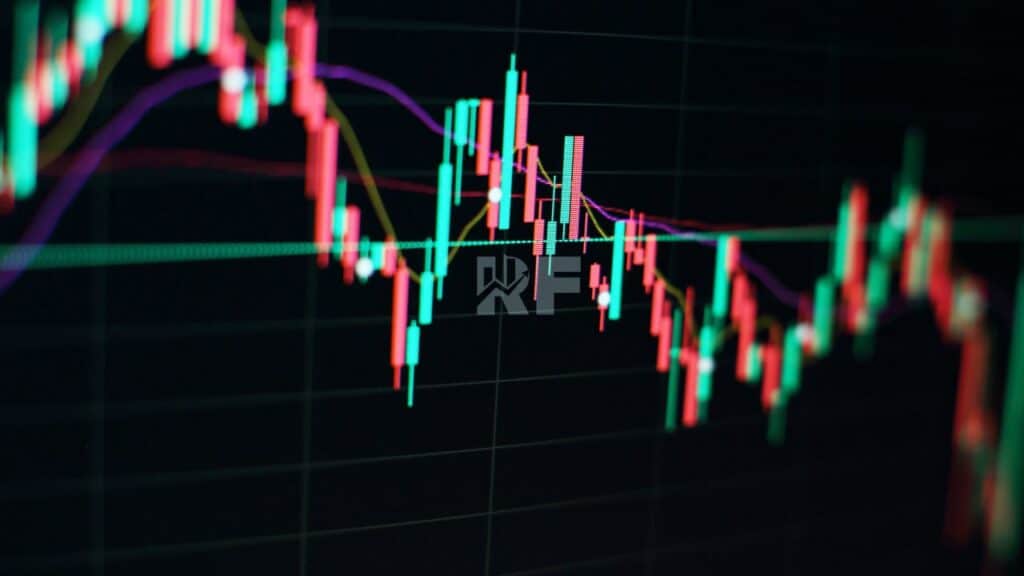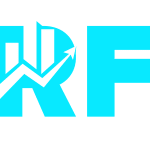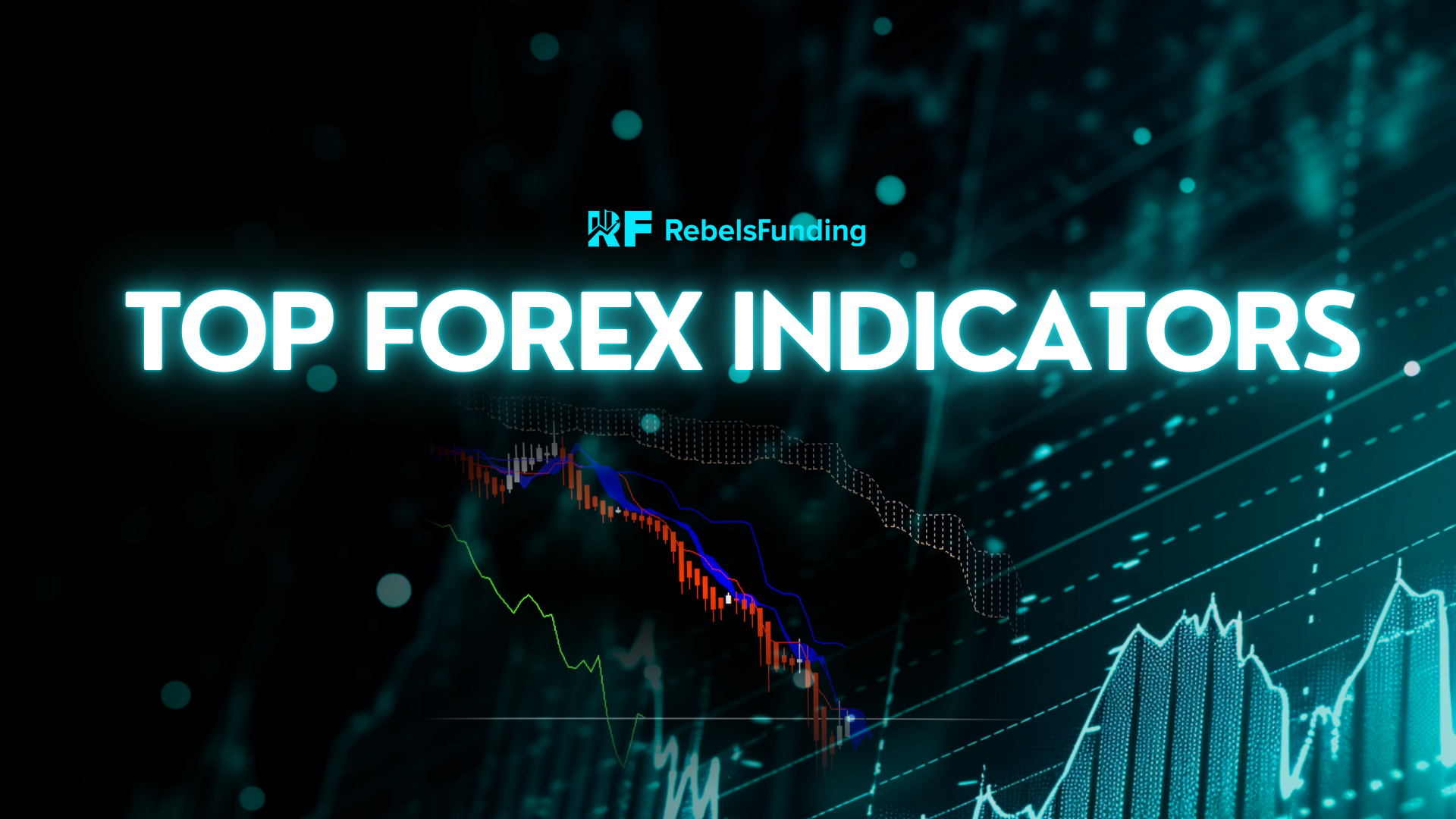Simple Ways to Identify Key Levels when Trading

Key levels are important price points on the forex prop trading chart where the market tends to react strongly. They can help you identify potential support and resistance levels, entry and exit points, and trend direction.
In this blog post, we will share what key levels are, why they are important, and how to find them using various tools and techniques.
What are key levels in forex prop trading?
Key levels are psychological price levels that have historically proven to be significant in the market’s behavior. They are formed by the collective memory of the market, where traders remember past price action and anticipate future movements.
Three main types of key levels in forex prop trading:
- Horizontal key levels: These are horizontal lines that connect multiple highs or lows on the chart. They act as barriers for the price, either preventing it from going higher (resistance) or lower (support). Horizontal key levels are usually found on the higher timeframes, such as the weekly and monthly charts, and they can last for months or years.
- Slanting key levels: These are diagonal lines that follow the direction of the trend. They are drawn by connecting the higher highs or lower lows of the price. They act as dynamic support and resistance levels, meaning they change as the price moves. Slanting key levels are usually found on the lower timeframes, such as the daily and hourly charts, and they can indicate the strength or weakness of the trend.
- Rounded key levels: These are price levels that end with two or more zeros, such as 1.2000 or 0.7500. They are easy to remember and trade, as they represent psychological barriers for the market. Rounded key levels are often respected by the price, especially when they coincide with other key levels, such as horizontal or slanting lines.
Why are key levels important in trading?
Key levels are important in forex prop trading because they can help traders make better trading decisions. Some of the benefits of using key levels are:
- They can help traders identify the direction and strength of the trend. When you observe how the price reacts to the key levels, you can determine whether the trend is bullish, bearish, or sideways, and whether it is likely to continue or reverse.
- They can help traders find optimal entry and exit points. By using key levels as potential support and resistance levels, you can look for trading opportunities when the price approaches, touches, or breaks them. For example, you can buy when the price bounces off a key support level, or sell when the price breaks below a key resistance level.
- They can help traders manage their risk and reward. Using key levels as reference points can also help you set your stop loss and take profit orders accordingly. For example, you can place your stop loss below a key support level, or above a key resistance level, and your take profit at the next key level.
Ways you can find or identify key levels in forex prop trading
There are various tools and techniques that traders can use to find key levels in forex trading. Some of the most common ones are:
- Historical price levels: These are the past highs and lows of the price that have been tested and respected multiple times. Traders can use a line chart or a candlestick chart to identify these levels, and draw horizontal lines to mark them. The more times a level has been tested, the more significant it is.
- Fibonacci retracement levels: These are the levels that are derived from the Fibonacci sequence, a mathematical pattern that is found in nature and art. You can use a Fibonacci tool to draw these levels on the chart, by connecting the most recent swing high and low of the price. The most common Fibonacci levels are 23.6%, 38.2%, 50%, 61.8%, and 78.6%. These levels can act as potential support and resistance levels, where the price may bounce or reverse.
- Moving averages: These are the average prices of the past periods, such as 10, 20, 50, or 200. You can use a moving average indicator to plot these levels on the chart, and choose the period that suits their trading style. Moving averages can act as dynamic support and resistance levels, as well as trend indicators. The longer the period, the smoother and more reliable the moving average is.
- Pivot points: These points are the levels that are calculated based on the previous day’s high, low, and close prices. You can use a pivot point indicator to draw these levels on the chart, and they are updated every day. The most common pivot points are the central pivot point (P), the resistance levels (R1, R2, R3), and the support levels (S1, S2, S3). These levels can act as potential support and resistance levels, where the price may bounce or reverse.
- Trend lines: These are the lines that are drawn by connecting the higher highs or lower lows of the price. Traders can use a trend line tool to draw these lines on the chart, and choose the angle and the number of points that suit their trading style. Trend lines can act as dynamic support and resistance levels, as well as trend indicators. The steeper the angle, the stronger the trend is.
- Psychological levels: Psychological levels are the price levels that end with two or more zeros, such as 1.2000 or 0.7500. You can use a round number indicator to draw these levels on the chart, or simply look for them manually. They can act as potential support and resistance levels, where the price may bounce or reverse.
Trading strategies for key levels
There are many ways to trade key levels in forex trading, depending on the trader’s preference and risk appetite. Here are some of the most common key levels trading strategies and examples:
- Breakout strategy: Breakout strategy involves trading when the price breaks above or below a key level, indicating a possible trend continuation or reversal. You can look for confirmation signals, such as volume, momentum, or candlestick patterns, to enter the trade. For example, you can buy when the price breaks above a key resistance level, or sell when the price breaks below a key support level.
- Bounce strategy: This strategy involves trading when the price bounces off a key level, indicating a possible trend continuation or reversal. Traders can look for confirmation signals to enter the trade. For example, traders can buy when the price bounces off a key support level, or sell when the price bounces off a key resistance level.
- Confluence strategy: This means trading when two or more indicators points to the same direction. You can buy when the price reaches a key support level that aligns with a Fibonacci retracement level, or sell when the price reaches a key resistance level that aligns with a moving average.
In conclusion, key levels can help prop traders make informed trading decisions. By mastering how to identify and trade it, you can improve your trading performance and profitability.



